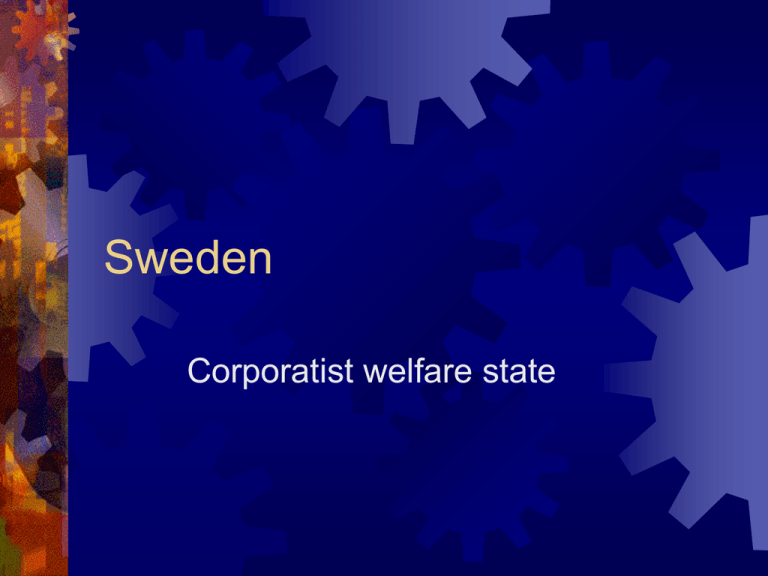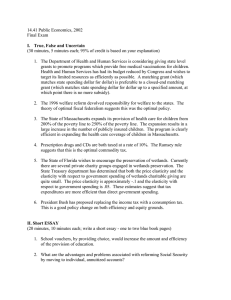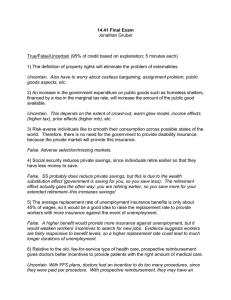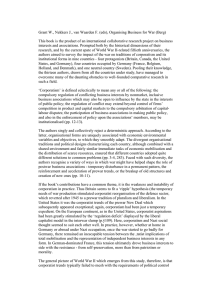Sweden
advertisement

Sweden Corporatist welfare state Country profile Data http://www.odci.gov/cia/publications/fact book/geos/sw.html Wasa ship Picture http://www.vasamuseet.se/indexeng.ht ml Medieval guilds A brief synopsis http://www.millersv.edu/~english/homep age/duncan/medfem/guild.html Role of the state 1880 and welfare origins (Poor Laws, 1847), health 1874, publicly financed pensions in 1913, 8 hour workday 1919. Little state ownership Income inequality of 1930s Industrial revolution LO and SAF The middle way Allocation by market forces Distribution by the state Active government involvement with labor markets Wage solidarism (Rehn-Meidner) and corporatism and centralized collective bargaining: wage equalization across skills and firms and seniority levels Corporatism Authoritarian or voluntary (liberal) Liberal variety duopoly in a labor market as a self-organized (SAF vs. LO) Authoritarian variety as sponsored and mandated by the state Keeping balance between unemployment and inflation Conflict or consensus corporatism Economic philosophy Experience with poverty, emigration and laissez faire Employment and Keynesianism Egaliterianism Welfare Distribution and redistribution role of the state 26% of aggregate demand is accounted for by the government (20% in the US and 9% in Japan) Government expenditure is 41% of GDP (22% in the US) Beneficiaries of Swedish government spending Housing Municipal services Social security Low defence Low health (1.1%) High on education Taxes: Income, profit, capital gains (17.8%) compared to 51.5% in the US Indirect taxes (29%) compared to 3.5% in the US Social security: similar Performance 1960-s economic growth 1970-s oil shocks and inflationary pressure 1980-s wage solidarity and the Philips curve, globalization of trade Growth or eurosclerosis Extensive safety nets Great role of the state Protectionism through subsidies Strong vested interests Traits Small country as a big player in the world markets Social democracy: complementary rather than competitive relationships (high social capital) Sharing market information for the overall economy’s gain Active and mobile labor market Employee ownership and participation Eight reasons for the decline of the model Collapse of support for Social democrats Expansion of full employment concept Stagnant economic growth Excessive wage solidarism Breakdown of EFO wage setting (public sector) Misguided subsidies of the 1970s Inflation stabilization Internationalization











